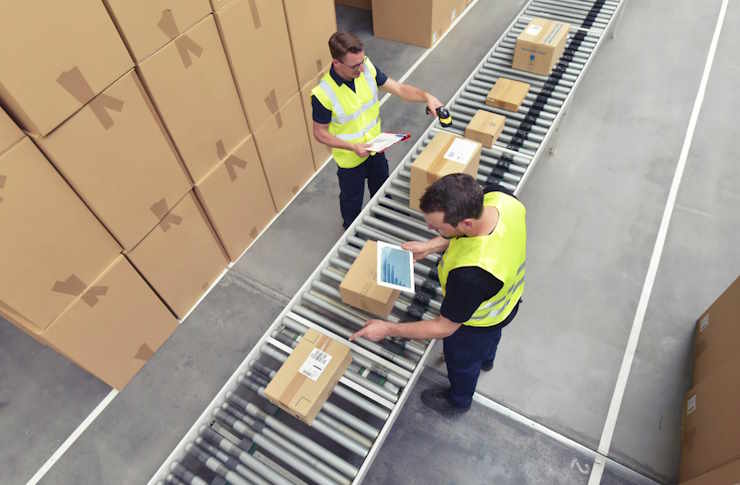Shaping the Future: Bioplastics in the Manufacturing Industry
In recent years, the manufacturing industry has witnessed the rise of a promising new trend: Bioplastics. These plant-based materials offer a sustainable alternative to traditional petroleum-based plastics. The shift towards bioplastics represents a significant evolution in manufacturing, particularly in terms of environmental impact and sustainability.

A Brief History of Bioplastics
Bioplastics were first introduced in the early 20th century but didn’t gain much traction until the late 1980s, when environmental concerns began to influence public opinion and industry practices. However, it’s only in the past decade that bioplastics have started to make a significant impact on the manufacturing industry, thanks to technological advancements and a renewed focus on sustainability.
Current Trends and Developments in the Bioplastics Industry
The bioplastics industry is currently experiencing exponential growth. Increasing environmental awareness, coupled with stricter regulations on plastic usage, has boosted demand. Furthermore, innovative technologies have made it possible to produce high-quality bioplastics that can compete with traditional plastics in terms of performance and cost.
The Impact of Bioplastics on the Manufacturing Industry
The shift towards bioplastics is reshaping the manufacturing industry in numerous ways. On one hand, it presents an opportunity to reduce environmental impact and meet evolving consumer demands. On the other hand, it presents challenges, such as the need to adapt production processes and supply chains. Despite these challenges, the potential benefits of bioplastics make them a compelling option for forward-thinking manufacturers.
Key Challenges and Opportunities for Bioplastics
Transitioning to bioplastics is not without its hurdles. Manufacturers need to invest in new equipment, change production processes, and potentially retrain employees. However, these investments can generate substantial returns in the long run. The growing market for sustainable products provides significant opportunities for companies that can successfully navigate this transition.
Applying Bioplastics in Your Business: A Strategic Guide
- Begin by studying the market and identifying potential applications for bioplastics in your business.
- Assess the technical feasibility and economic viability of integrating bioplastics into your operations.
- Develop a clear transition plan, including investments in equipment, process changes, and employee training.
- Communicate your commitment to sustainability to customers and stakeholders. Emphasize your efforts to reduce environmental impact.
In conclusion, bioplastics present both opportunities and challenges for the manufacturing industry. By understanding the history, trends, and potential applications of bioplastics, businesses can make informed decisions and remain competitive in an increasingly eco-conscious market. The shift towards more sustainable manufacturing practices is not just a trend, but a necessary evolution for a greener future.






